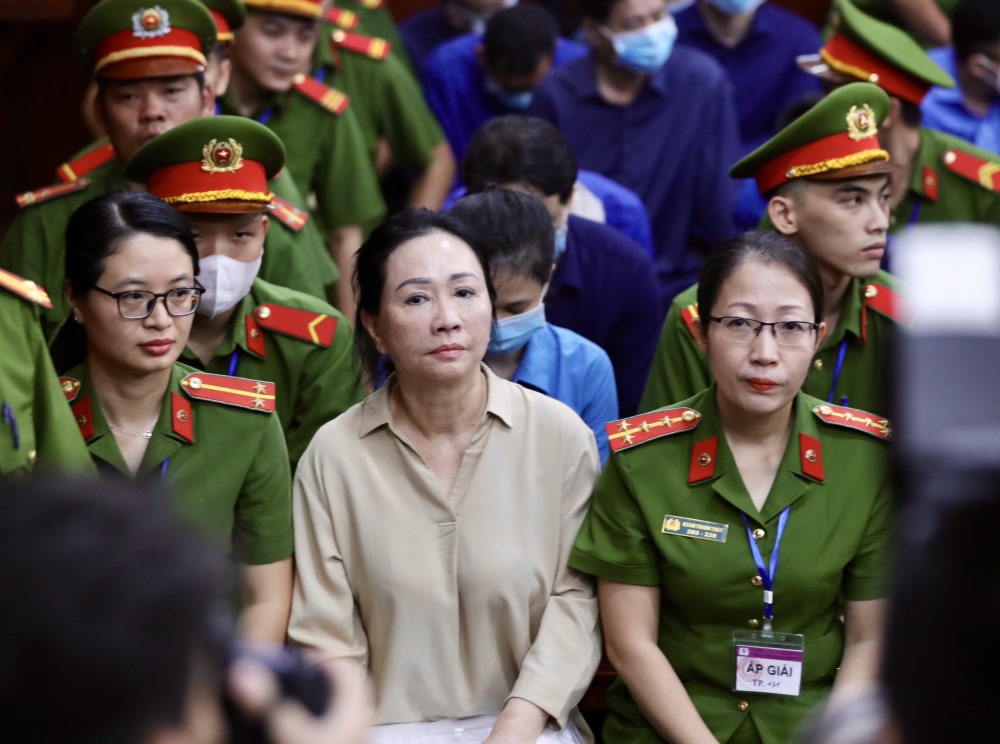In a landmark trial that captivated the nation, Truong My Lan, a prominent Vietnamese property developer and chairwoman of Van Thinh Phat Holdings, has been sentenced to death for her involvement in one of the largest bank frauds in Vietnam’s history. The verdict was delivered on Thursday at the Ho Chi Minh City People’s Court, where Truong My Lan, aged 67, was found guilty of orchestrating a scheme to embezzle billions of dollars from the Saigon Commercial Bank over an 11-year period.
The trial, described as the most spectacular in Vietnam’s history, saw Truong My Lan convicted of looting an astonishing $44 billion in loans from the Saigon Commercial Bank. While the court ordered her to return $27 billion, prosecutors expressed doubts about the recovery of such a colossal sum. The death penalty, a rare verdict for a white-collar crime and particularly for a woman in Vietnam, has sparked debates about its effectiveness in deterring financial fraud.
The trial shed light on the extensive web of corruption that enabled Truong My Lan to carry out her fraudulent activities. Prosecutors revealed that she had amassed control over 90% of Saigon Commercial Bank’s shares through a complex network of shell companies and proxies. Using her influence, she directed the approval of hundreds of loans to her affiliated companies, effectively draining the bank’s resources.
The case drew attention not only for its staggering scale but also for the unprecedented level of transparency from Vietnam’s communist authorities. A total of 2,700 individuals were summoned to testify, with evidence presented in 104 boxes weighing six tonnes. The trial of Truong My Lan, along with 85 other defendants, marked a significant milestone in the country’s anti-corruption efforts, spearheaded by Communist Party Secretary-General Nguyen Phu Trong.
Truong My Lan’s ascent from a market stall vendor to one of Vietnam’s wealthiest individuals reflects the complex interplay between economic reform and corruption in the country. Despite Vietnam’s rapid economic growth, corruption remains deeply entrenched, with individuals like Truong My Lan exploiting regulatory loopholes and personal connections for financial gain.
However, questions linger about the complicity of powerful figures and systemic issues that allowed Truong My Lan’s fraud to persist unchecked for years. Critics argue that the trial represents a broader political agenda aimed at consolidating the Communist Party’s control over the country’s business elite, particularly in regions like Ho Chi Minh City.
As Vietnam grapples with the fallout of one of its most high-profile corruption cases, the verdict against Truong My Lan serves as a stark reminder of the challenges the country faces in combating financial misconduct and fostering transparency in its business landscape. The trial’s outcome underscores the urgent need for comprehensive reforms to address systemic corruption and strengthen governance mechanisms to prevent similar incidents in the future.
